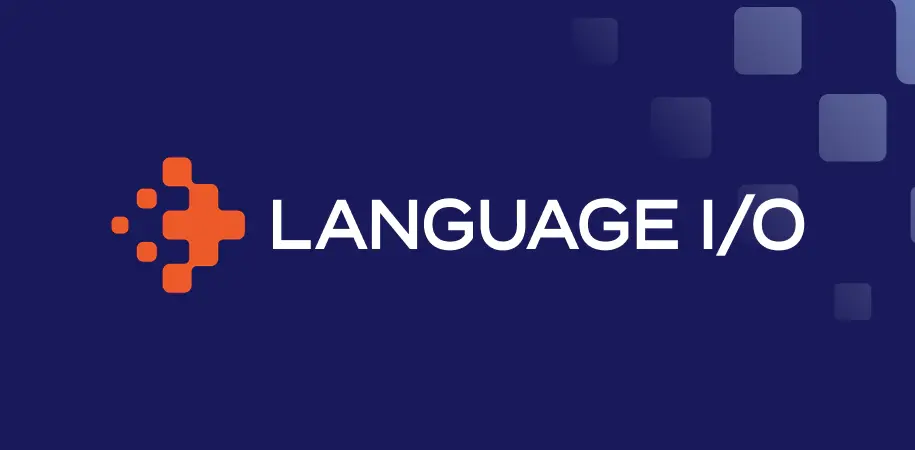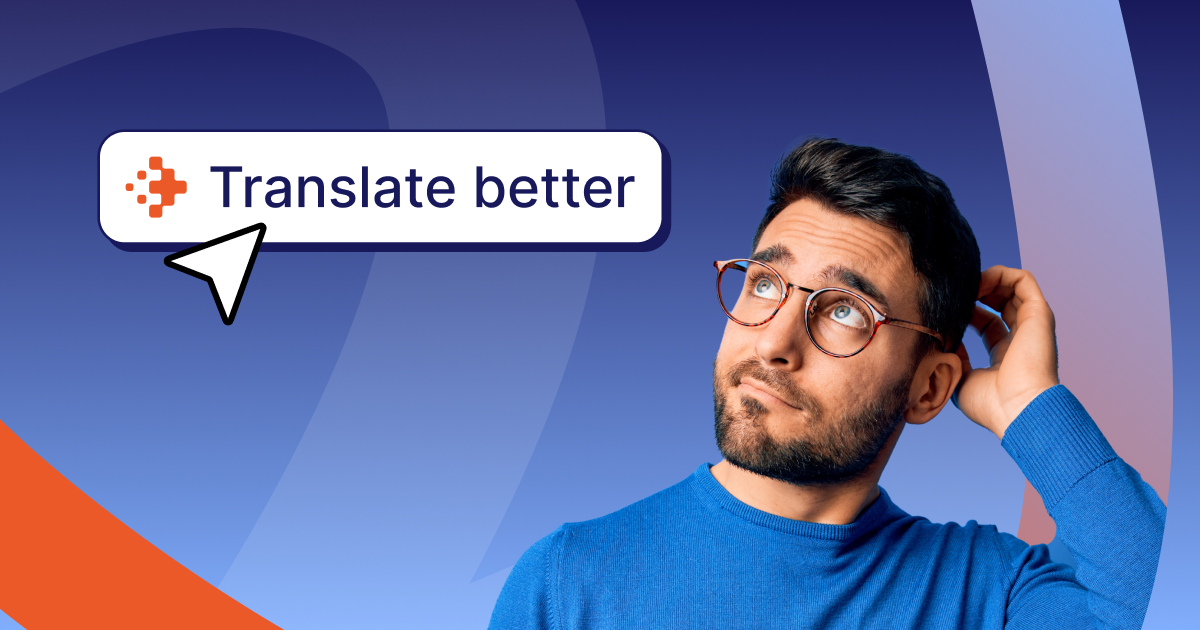
Not all translations are created equal. We’re the first to tell you that there are great translations, bad translations, and everything in between. But not all forms of communication are created equal, either. Even for the most unified brands, tone and content differ across their websites and social media. Language and content vary substantially from self-help articles to formal documentation to chat. So why are they often all translated the same way?
The idea of multilingual customer support might sound like a good one, but we wouldn’t blame you if you’ve shuddered at the thought of hiring a dozen new multilingual support agents to field the occasional question in Portuguese or Korean. Here at Language I/O we’ve introduced a cost-friendly solution: stellar human professional translations when you need them, and machine translations when you don’t, to be used by your single language speaking agents when they communicate with your customers. We acknowledge that machine translation still has some way to go, but thanks to recent advances in their technology, they produce comprehensible translations ninety percent of the time. Would you hire bestselling authors to answer support emails? Of course not. Stephen King has a fantastic grasp of the English language, but most of that talent would be lost in context. There’s no sense in shelling out that kind of money for him to answer questions about the dimensions of your products. When customers ask a question, they’re looking for a quick answer, not a novel.
Think of recent text messages you’ve sent. Likely there are a couple of typos here and there, or a sentence where autocorrect stepped in to replace a word. But the people you were texting could still understand you. They weren’t expecting a carefully crafted dissertation, they just wanted a quick reply to brunch plans. Your customers likely function in a similar way. So, go out and talk to them about their language expectations when it comes to multilingual customer service! Find out when they expect perfect translations by linguists, and when they are perfectly fine crossing language barriers with machines. Then, adjust accordingly. Categorize your content by type, turn-around requirement, priority and quality. You could even match the translation quality to the customer’s level in your loyalty program. Freemium account or Platinum? Using high quality translations when it really matters and for certain types of content will cost more, but it’s most definitely worth it.
Filtering translations by quality may sound funny, but the cost savings you’ll see certainly aren’t.



